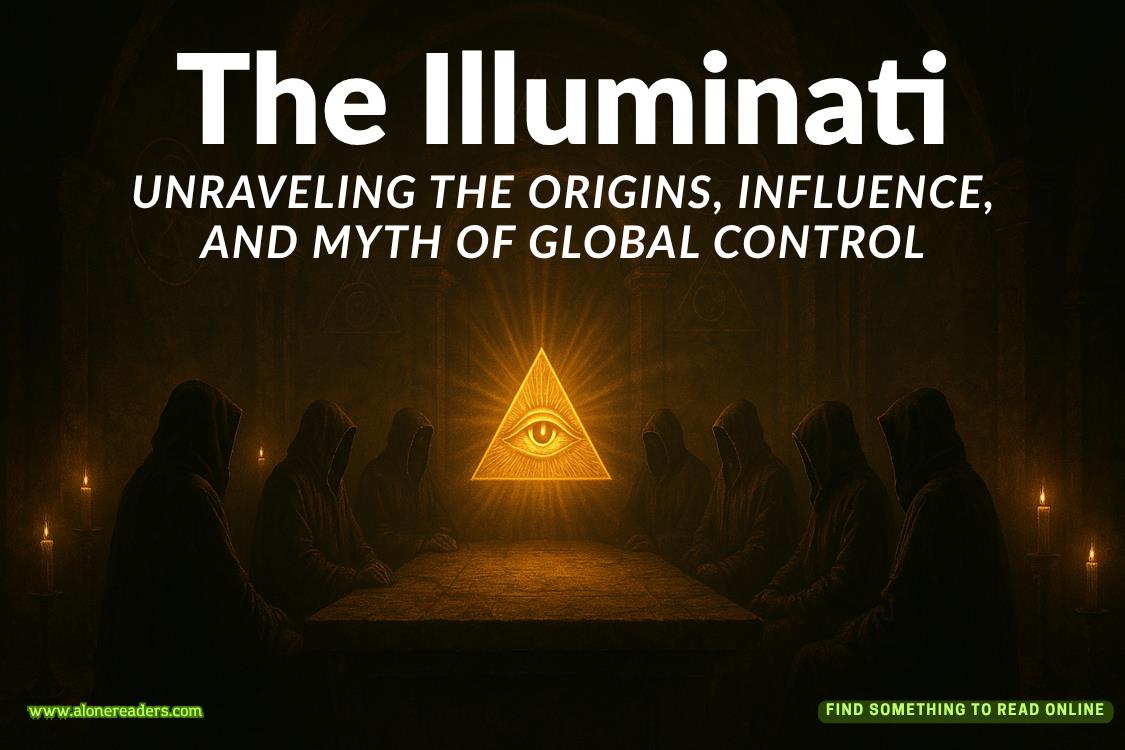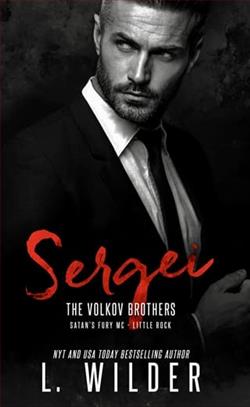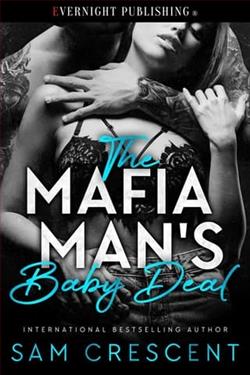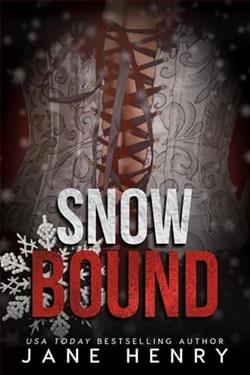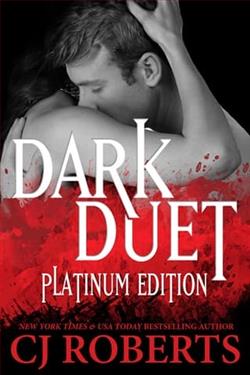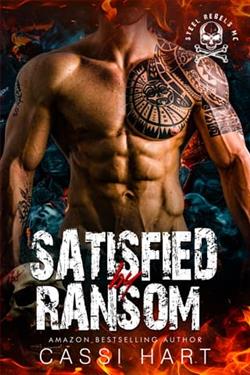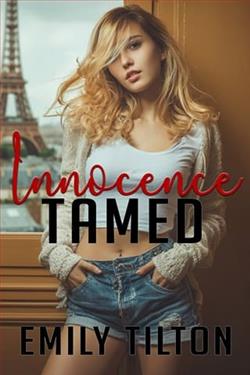Page 1 of The Wedding Dress Repair Shop
1
Museum Piece
Garland
London, July 2018
Wednesday was my regular half-day off from Beng & Briggs, Theatrical Costumiers, a concession they grudgingly awarded to those of us expected to work on Saturday mornings, and often on into the rest of the weekend, if there was a rush job on.
As had become my habit ever since the Rosa-May Garland exhibition had opened earlier in the year at the V&A Museum, I was spending the afternoon with my nose practically pressed against the glass of one particular full-length display case.
There, arranged over two small, slender and faceless female mannequins, was not only that rarest of early nineteenth-century survivals, the actual costume Rosa-May wore for the reprise of her most acclaimed theatrical role, that of Titania inA Midsummer Night’s Dream, but also the entrancingly pretty silk evening gown she had had modelled on it.
It was the latter that I was gazing at now, checking once again that the copy I was making at home was as alike as possible in every tiny detail.
I adored my job at Beng & Briggs, where I specialized in historical costume. It was my passion and I was a bit of a perfectionist where authentic detail was concerned.
The dress was in the high-waisted style of the time, with a skirt consisting of three overlapping tiers of gauzy white silk, the hems coming down in a series of points, each one embellished at the tip with a seed-pearl rosette. They lay like the semi-transparent petals of some fantastic flower over the pale lilac base layer.
Two rows of seed pearls edged the short, puffed sleeves too, and a kind of ruff effect had been cleverly created with a band of pleated lilac gauze, which stood up around the back of the neck and then edged the deep V at the front of the bodice.
The replica I was making employed concealed modern fastenings, so that the ruff could be easily put on and taken off in one piece, and I’d used fake pearls, rather than real ones. But I felt satisfied that, other than this, my copy was identical in every way.
I was even much the same size as Rosa-May had been – small and petite – but then, Iwassome kind of distant descendant, so perhaps I was a throwback. If so, though, it was only in my height and build, for if the hand-coloured prints of her and the rest of the cast in the fairy scenes, which were on display in one of the other cabinets, were anything to go by, she had had bright golden hair and blue eyes, whereas I am a green-eyed redhead.
I certainly didn’t have any desire to go on the stage, either. I was definitely a backroom girl and was in line to take over my department when the present, very ancient incumbent, Madame Bertille, retired … if she ever did.
Beng & Briggs had been commissioned to re-createallthe original fairy–costumes illustrated in the coloured prints, including that of Titania – the reproductions sturdy and madefor effect from a distance, unlike the dress I was copying. They were for a new play that was to be staged in the autumn, and thereby hung a tale …
I moved along slightly to examine the Titania costume again, hearing as I did so the sound of footsteps as other visitors entered the so-far-deserted gallery.
Then, reflected in the polished plate glass, I saw the tall, thin figure of a woman loom out of the shadows, her pallid face, the dark pools of her eyes and a scarlet slash of lipstick making me immediately think of vampires … as you do, if you have an excess of imagination.
But then the slightly plummy voice of George, my friend in the V&A Theatre and Performance department, said, ‘Garland?’
Swinging round, I saw that George, his small, portly figure attired, as always, in a natty three-piece suit, was steering the elegantly slim woman towards me, with one hand deferentially cupping her elbow. He reminded me inescapably of a small tug escorting a large and racy yacht into harbour.
Of course, I now recognized the woman. That black, sharply bobbed hair and the contrasting pallor of her long, angular face were familiar to me, not because she too was a descendant of the celebrated Rosa-May Garland, but from the jackets of her mega-bestselling novels and all the publicity surrounding them – and her.
Earlier in the year, when she’d loaned the Rosa-May Garland Collection to the museum, I’d realized I must be distantly related to her and, out of curiosity, I had bought the e-book of one of her novels,Death Became Him. But the ingenious revenge the jilted heroine took on her ex-fiancé was just too grisly for me. I was still having nightmares about it …
‘Garland,’ George repeated, as they came to a halt in front of me. ‘This is Honey Fairford. Honey – Garland Fairford!’
He beamed impartially on us, as if he’d just performed a minor magic trick, while Honey examined me with as much interest in her dark eyes as I’d been devoting to the silk dress a few moments earlier.
‘Hi,’ I said, slightly nervously. I’d told George all about my connection through my father’s family to Rosa-May Garland – hence my unusual first name, of course – but I’d only realized I must also be related to the bestselling novelist when she’d loaned the material in the exhibition.
But while I wouldn’t havedreamedof contacting her on the strength of that, it appeared George was keen we became acquainted.
‘Hello!’ Honey said, her voice unexpectedly deep and husky. ‘George has told meallabout you and he thought you might be here this afternoon. Since it appears we’re long-lost cousins, it seems more than time we met, doesn’t it?’
‘I think we must be onlyverydistantly related,’ I said. ‘My parents died when I was ten, so I didn’t really know much about the connection until the exhibition, except that I was named Garland after a Regency actress, of course, who later married into the Fairford family.’
‘I expect we can figure out where we meet on the family tree,’ she said. ‘Look, if you’re free, why don’t we go and have tea at my hotel and then we can fill in some gaps?’
I looked at her uncertainly. She was perhaps in her late forties – it was hard to tell – and exuded a rather scary air of self-confidence, but when she smiled and her mouth twisted up at one corner, it made her seem suddenly more human and approachable.
I found myself smiling back and agreeing. ‘That would be lovely.’




